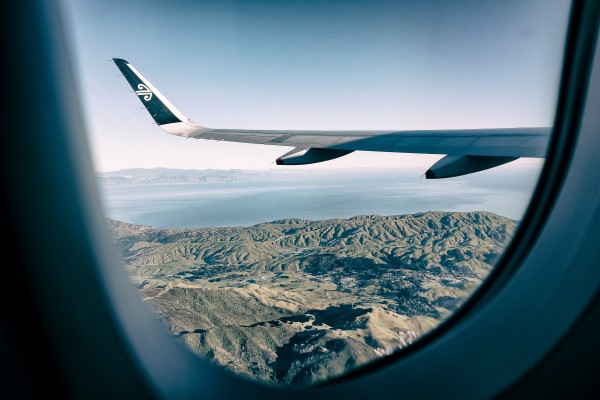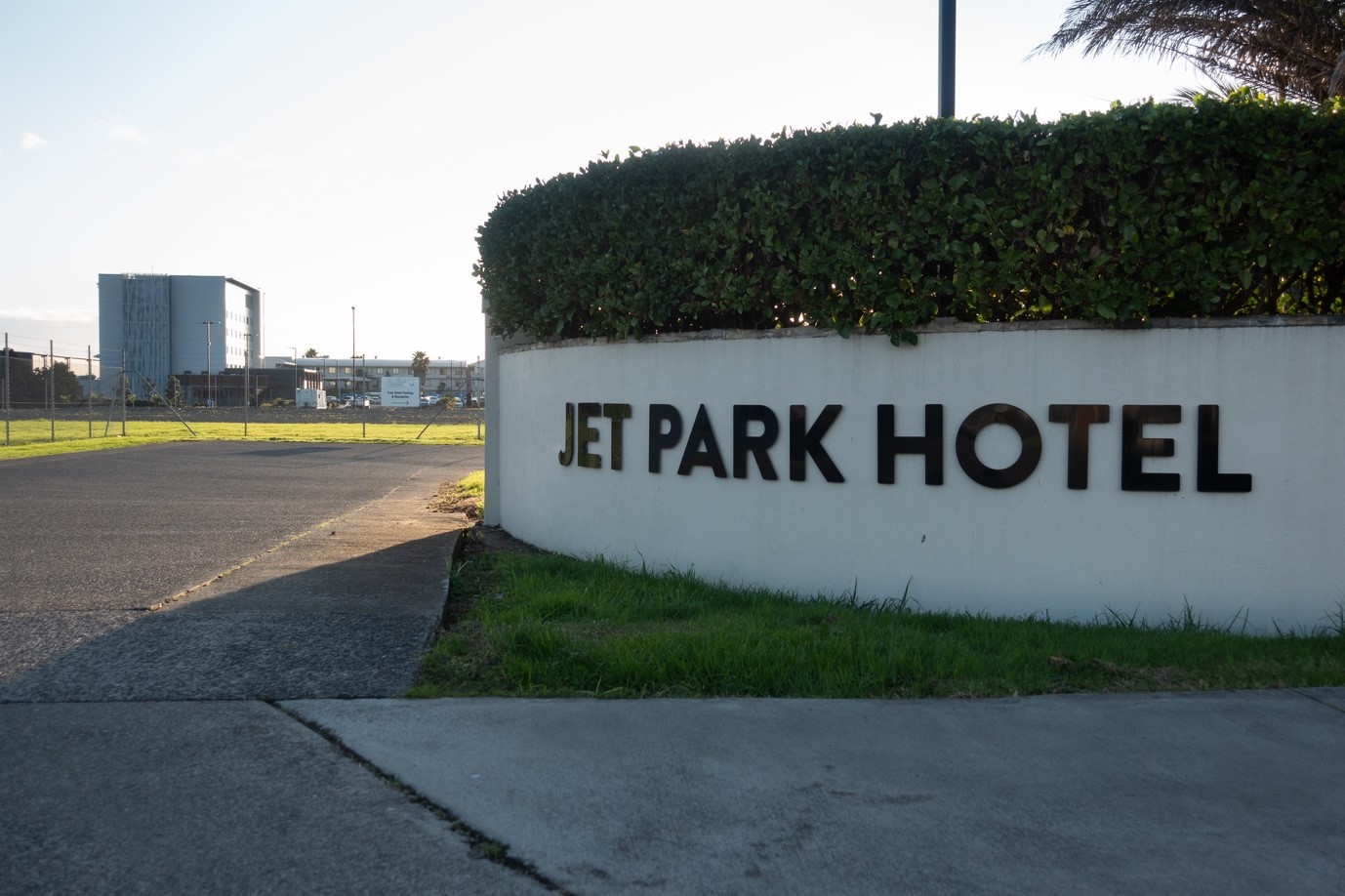References
- Baker M, Kvalsvig A, Verrall A, Telfar-Barnard L, Wilson N. New Zealand’s elimination strategy for the COVID-19 pandemic and what is required to make it work. N Z Med J 2020;133(1512):10-14.
- Wilson N, Chambers T, Kvalsvig A, Mizdrak A, Nghiem N, Summers J, Baker M. NZ’s “Team of 5 million” has achieved the lowest COVID-19 death rate in the OECD – but there are still gaps in our pandemic response. Public Health Expert [Blog] 2020;(22 July). https://blogs.otago.ac.nz/pubhealthexpert/2020/07/22/nzs-team-of-5-million-has-achieved-the-lowest-covid-19-death-rate-in-the-oecd-but-there-are-still-gaps-in-our-pandemic-response/.
- Geoghegan J, Ren X, Storey M, Hadfield J, Jelley L, Jefferies S, et al. Genomic epidemiology reveals transmission patterns and dynamics of SARS-CoV-2 in Aotearoa New Zealand. medRxiv 2020;(20 August). https://doi.org/10.1101/2020.08.05.20168930
- Wilson N, Baker M. New Zealand needs a ‘traffic light’ system to stop COVID-19 creeping in at the border. The Conversation 2020;(4 November). https://theconversation.com/new-zealand-needs-a-traffic-light-system-to-stop-covid-19-creeping-in-at-the-border-149262.
- Wilson N, Baker M. Shifting all Isolation/Quarantine Facilities to a Single Air Force Base: The Need for a Critical Analysis. Public Health Expert 2020;(14 September). https://blogs.otago.ac.nz/pubhealthexpert/2020/09/14/shifting-all-isolation-quarantine-facilities-to-a-single-air-force-base-the-need-for-a-critical-analysis/.
- Quinn R. Man in MIQ ‘blown away’ seeing staff only wearing surgical masks. Radio NZ 2020;(10 November). https://www.rnz.co.nz/news/national/430230/man-in-miq-blown-away-seeing-staff-only-wearing-surgical-masks.
- Radio New Zealand. Covid-19: MIQ nurses threaten to stop work if N95 masks not supplied. Radio NZ 2020;(13 November). https://www.rnz.co.nz/news/national/430564/covid-19-miq-nurses-threaten-to-stop-work-if-n95-masks-not-supplied.
- TVNZ. ICU nurse in managed isolation worried about catching Covid-19 because of how facility was run. TVNZ 2020;(5 November). https://www.tvnz.co.nz/one-news/new-zealand/icu-nurse-in-managed-isolation-worried-catching-covid-19-because-facility-run.
- Wilson N, Kvalsvig A, Baker M. Upgrade of NZ’s COVID-19 Alert Levels Needed to Help Regain NZ’s Elimination Status. Public Health Expert (Blog) 2020;(3 September). https://blogs.otago.ac.nz/pubhealthexpert/2020/09/03/upgrade-of-nzs-covid-19-alert-levels-needed-to-help-regain-nzs-elimination-status/.
- Keall C. Covid-19 coronavirus: NZ about to adopt Apple and Google’s automated tracing. NZ Herald 2020;(15 November). https://www.nzherald.co.nz/business/covid-19-coronavirus-nz-about-to-adopt-apple-and-googles-automated-tracing/6YYQS5HZBUKQ5W6YYE7JLRW7K4/.
- Chambers T, Wilson N, Baker M. Using the CovidCard to enhance protection from COVID-19 at the NZ border. Public Health Expert (Blog) 2020;(21 August). https://blogs.otago.ac.nz/pubhealthexpert/2020/08/21/using-the-covidcard-to-enhance-protection-from-covid-19-at-the-nz-border/.
- Summers J, Lin H-H, Cheng H-Y, Telfar Barnard L, Kvalsvig A, Wilson N, Baker M. Potential lessons from the Taiwan and New Zealand health responses to the COVID-19 pandemic. Lancet Regional Health Western Pacific 2020;https://doi.org/10.1016/j.lanwpc.2020.100044.
- Hadfield J, Douglas J, Geoghegan J, Storey M, Ren X, Freed N, Silander O, Jiménez-Silva C, French N, Drummond A, Welch D, de Ligt J. Re-emergence of community transmission in Aotearoa New Zealand – Genomic overview of the Auckland Outbreak. (Accessed 28 October 2020). ESR. https://nextstrain.org/community/narratives/ESR-NZ/GenomicsNarrativeSARSCoV2/2020-10-01?n=5.
- Witton B. Six months, 23 deaths: New Zealand’s Covid-19 victims. Stuff 2020;(4 September). https://www.stuff.co.nz/national/health/coronavirus/122674743/six-months-23-deaths-new-zealands-covid19-victims.
- Chief Economist Unit. August 2020: Here we go again: Covid-19 Wave Two. Auckland Economic Quarterly: Auckland Council 2020.
- The Treasury. Pre-election economic and fiscal update. Wellington, New Zealand, 2020.
- Ministry of Health. 6 new cases of COVID-19. Media Release 2020;(9 September). https://www.health.govt.nz/news-media/media-releases/6-new-cases-covid-19-4.
- Morawska L, Tang JW, Bahnfleth W, Bluyssen PM, Boerstra A, Buonanno G, Cao J, Dancer S, Floto A, Franchimon F, Haworth C, Hogeling J, Isaxon C, Jimenez JL, Kurnitski J, Li Y, Loomans M, Marks G, Marr LC, Mazzarella L, Melikov AK, Miller S, Milton DK, Nazaroff W, Nielsen PV, Noakes C, Peccia J, Querol X, Sekhar C, Seppanen O, Tanabe SI, Tellier R, Tham KW, Wargocki P, Wierzbicka A, Yao M. How can airborne transmission of COVID-19 indoors be minimised? Environment international 2020;142:105832.
- Ministry of Health. 1 new case of COVID-19. Media Release 2020;(14 September). https://www.health.govt.nz/news-media/media-releases/1-new-case-covid-19-18.
- Quinn R. Covid-infected nurse ‘did everything right’, report finds. Radio NZ 2020;(6 November). https://www.rnz.co.nz/news/national/429973/covid-infected-nurse-did-everything-right-report-finds.
- Ministry of Health. No new cases of COVID-19. Media Release 2020;(2 October). https://www.health.govt.nz/news-media/media-releases/no-new-cases-covid-19-50.
- Ministry of Health. 2 new cases of COVID-19. Media Release 2020;(27 September). https://www.health.govt.nz/news-media/media-releases/2-new-cases-covid-19-21.
- Ministry of Health. 1 new case of COVID-19 in managed isolation; no new community cases. Media Release 2020;(30 October). https://www.health.govt.nz/news-media/media-releases/1-new-case-covid-19-managed-isolation-no-new-community-cases.
- Ministry of Health. 25 new cases of COVID-19. Media Release 2020;(21 October). https://www.health.govt.nz/news-media/media-releases/25-new-cases-covid-19.
- Ministry of Health. 9 new cases of COVID-19. Media Release 2020;(23 October). https://www.health.govt.nz/news-media/media-releases/9-new-cases-covid-19-5.
- Ministry of Health. 1 case of COVID-19 in quarantine worker. Media Release 2020;(7 November). https://www.health.govt.nz/news-media/media-releases/1-case-covid-19-quarantine-worker.
- Ministry of Health. 4 new cases of COVID-19 in managed isolation. Media Release 2020;(9 November). https://www.health.govt.nz/news-media/media-releases/4-new-cases-covid-19-managed-isolation.
- Ministry of Health. 3 new cases of COVID-19. Media Release 2020;(12 November). https://www.health.govt.nz/news-media/media-releases/3-new-cases-covid-19-12.
- Ministry of Health. 4 cases of COVID-19 – none in the community. Media Release 2020;(13 November). https://www.health.govt.nz/news-media/media-releases/4-cases-covid-19-none-community.
- Ministry of Health. 3 new cases of COVID-19. Media Release 2020;(15 November). https://www.health.govt.nz/news-media/media-releases/3-new-cases-covid-19-13.
- Cheng A. Covid 19 coronavirus: Jacinda Ardern’s immediate moves to minimise risk for MIQ workers. NZ Herald 2020;(9 November). https://www.nzherald.co.nz/nz/politics/covid-19-coronavirus-jacinda-arderns-immediate-moves-to-minimise-risk-for-miq-workers/ZGJEQB77N6Z3JIFUY3KMJJSETU/.
About the Briefing
Public health expert commentary and analysis on the challenges facing Aotearoa New Zealand and evidence-based solutions.
Subscribe

Public Health Expert Briefing
Get the latest insights from the public health research community delivered straight to your inbox for free. Subscribe to stay up to date with the latest research, analysis and commentary from the Public Health Expert Briefing.

